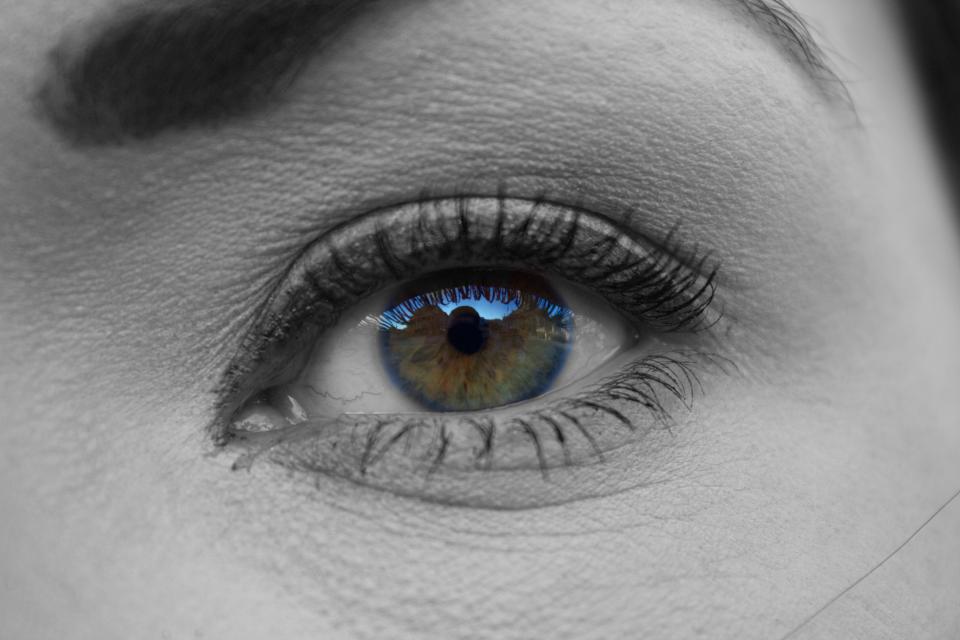
Table of Contents
What is Accommodation reflex:
The process by which the curvature of the lens is increased is called accommodation. The accommodation reflex (or accommodation-convergence reflex) is a reflex action of the eye. It is sometimes referred as near response too, i.e, adjustment of visual apparatus from distant vision to near vision.
For this adjustment three changes occur:
(i) Constriction of pupils
(ii) Increased curvature of the anterior surface of the lens
(iii) Convergence of the eyeballs.
Accommodation reflex PATHWAY
Retina
↓
Occipital cortex (area 17)
↓
Association fibres
↓
Frontal eye field (area 8)
↓
Internal capsule
↓
Midbrain
↓
3rd nerve nucleus of both side
(i) Extraocular muscle (medial rectus) (ii) Parasympathetic pathway
↓
Eye (Pupils + Ciliary body)
MECHANISM OF ACCOMMODATION REFLEX-
During accommodation, initially, the image is formed behind the retina, which is then focussed sharply on the retina through the following changes-
(i) Pupillary constriction occurs due to parasympathetic activity from the Edinger- Westphal nucleus (a part of the 3rd nerve nucleus).
(ii) Anterior curvature of the lens is increased due to bulging of its anterior surface. This occurs when the suspensory ligaments are made loose due to:
a) Constriction of the Ciliary ring due to contraction of the circular fibers in it.
b) Forward pull on the Ciliary body by the contraction of the longitudinal fibers of the ciliary muscle.
(iii) Contraction of the medial rectus muscles causes the convergence.
Increased curvature of the lens increases its power, which then becomes able to focus the divergent rays of the near object on the retina. Constriction of pupil allows using only the central part of the lens system & also sharpening the image. The convergence of the eyeballs brings the corresponding retinal points into focus.
Actually, the process by which the anterior curvatures of the lenses increase is called accommodation, whereas constriction of the pupils and convergence of the eyeballs are associated changes. All these together are called near response.
